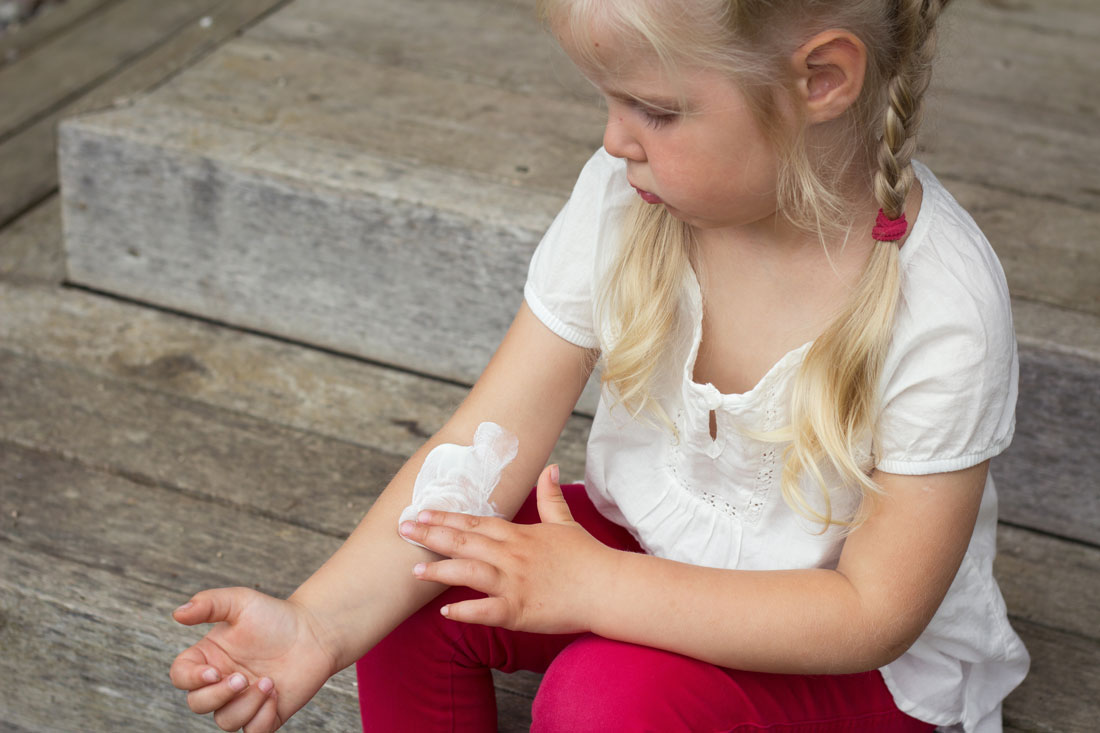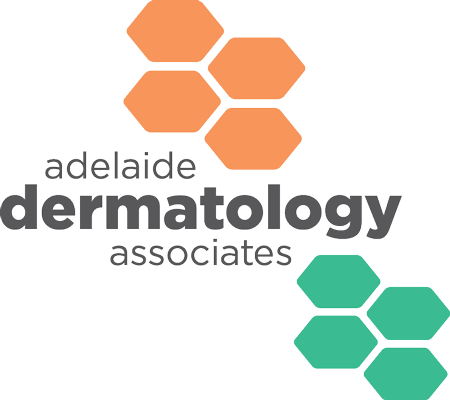Skin Conditions
Acne & Acne Scarring // Excess Sweating // Psoriasis // Hair Loss // Eczema
Acne & Acne Scarring
Acne, also known as Acne Vulgaris is a common skin condition that affects most people, to a varying degree, during the teen years. However, the condition is by no means restricted to this age group; adults in their 20s or 30s may have acne. Acne is caused by hormone action on the oil secreting glands of the skin. As a result excess oil produced by these glands, skin pores and hair follicles are clogged causing lesions to form (commonly referred to as pimples).
Don’t think that because acne is common, treatment is unnecessary. Waiting to “outgrow” acne can be a serious mistake. Medical treatment can improve your appearance and self-esteem, and prevent the development of scars.
It is easier to prevent scars forming in the first place than it is to treat established acne scars. Treatment of acne scarring is a highly specialized area of dermatology. Several techniques including laser treatment can be used and often a combination of multiple treatments are required for best results.
Excess sweating / Hyperhidrosis
Hyperhidrosis means excessive sweating. It can occur in the arm pits, hands and feet and other areas of the body. It is commonly triggered by anxiety and stressful situations as well as some medications and medical conditions. It is important to exclude the medical conditions associated with hyperhidrosis. Treatment is safe and effective.
Psoriasis
Psoriasis is a chronic inflammatory skin condition characterised by the development of red scaly areas of skin. Psoriasis can develop at any age and the risk of developing psoriasis can be inherited. The condition usually starts in young adults in their early 30s, with 75% of affected people developing psoriasis before the age of 45.
Psoriasis is a systemic disease resulting from a malfunction of the immune system, more specifically, over active/stimulated T-cells, a type of white blood cell involved in inflammatory activities. These overactive T cells trigger other immune responses that cause increased blood flow and inflammation in the areas of involvement which result in increased skin growth. The increased growth of skin cells cannot be removed in a timely manner and an increased thickness (plaque) of skin develops. This cycle repeats itself unless treatments intervene.
Psoriasis is associated with psoriatic arthritis and early detection and treatment can prevent chronic joint damage and pain.
Psoriasis is controllable, but currently, there is no cure for psoriasis.
Many things can trigger the onset and continuation of psoriasis. These include – Bacterial and viral infections, Stress, Medications, Injury to the skin, Alcohol, Smoking
The aim of treatments for Psoriasis are to clear the lesions and control symptoms and prevent joint damage.
Treatments range from topical therapies (creams), phototherapy (Narrow band UV light treatments), systemic treatments tablets and biologic therapies (injections).

Eczema
Eczema, also called atopic dermatitis, is a skin condition characterized by areas of red, itchy skin. This condition usually starts in early childhood, especially when there is a family history of eczema, asthma, hay fever, conjunctivitis, or food allergies. The skin fails to hold in moisture, becomes dry, then inflamed, itchy and often infected. Various combinations of factors cause the dryness. Allergies leading to an overactive immune system and hereditary dry skin are the most common causes of Eczema.
The skin is dry, not because it lacks oil, but because it fails to retain water. To treat this condition there will be a need in identifying and reducing factors that trigger the flare-up of the condition. These are different for each person, so no one therapy is appropriate for all eczema patients.
Eczema can also be caused by allergy to other environmental contacts such as preservatives and fragrances in cosmetics and exposure to other occupational allergens. This is also known as allergic contact dermatitis or irritant contact dermatitis. These can be tested for with patch testing to many allergens. Knowing what allergens to avoid and how to avoid them is the key to managing this type of dermatitis.
Hair Loss
There are many different types of hair loss and it is possible to have more than one type occurring at the same time. Most forms of hair loss are treatable.
• inherited hair loss (Androgenetic Alopecia) – Men and women can inherit hair loss. The patterns of this type of hair loss are different between men and women. Treatment should be commenced early to achieve the best results. Treatment is lifelong.
• Stress related hair loss (Telogen Effluvium) – this type of hair loss is very common, particularly in women after childbirth or after ceasing breast feeding. It can occur in both sexes and may result for any type of stress on the body including emotional stress, physical stress or as a result of general anaesthesia or other medications. Generally this type of hair loss is self limited. Treatment is usually continued for around 6 months.
• Alopecia Areata – this is a form of autoimmune hair loss which generally results in patchy hair loss. This type of hair loss can be associated with other autoimmune diseases including thyroid disease and pernicious anaemia. This type of hair loss can progress to ‘alopecia totalis’ with loss of hair on the whole head, and more rarely, alopecia universalis (loss of hair on the whole body).
• Scarring alopecia – there are many other forms of hair loss which may result in a scarring pattern and generally have poor response to therapy if treatment is not commenced early before the hair loss has occurred.
